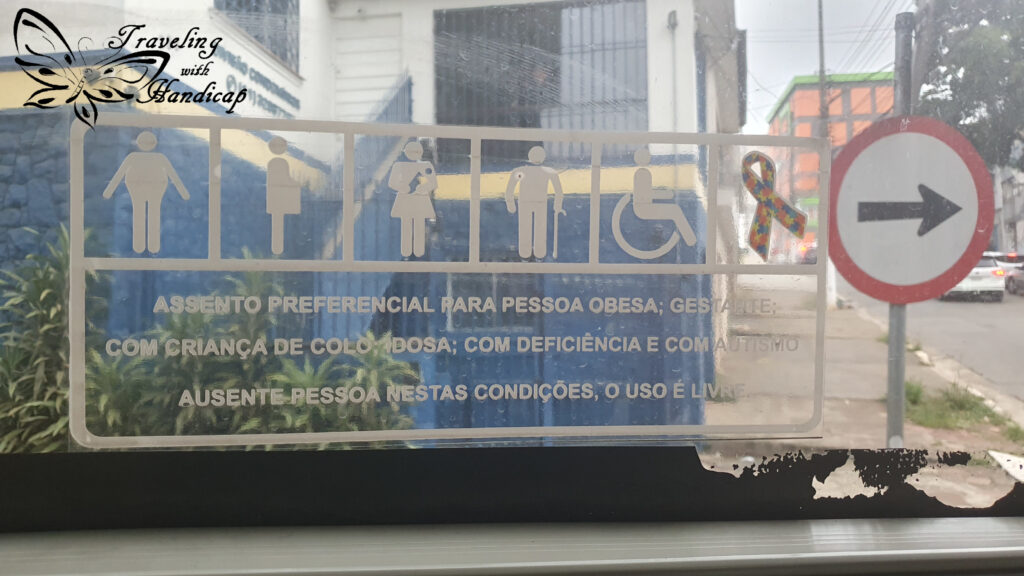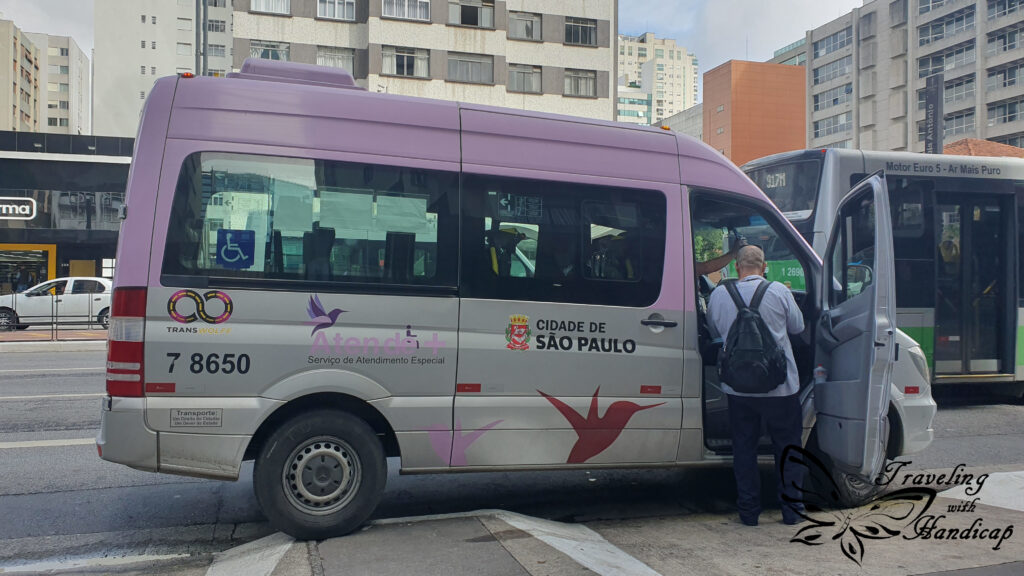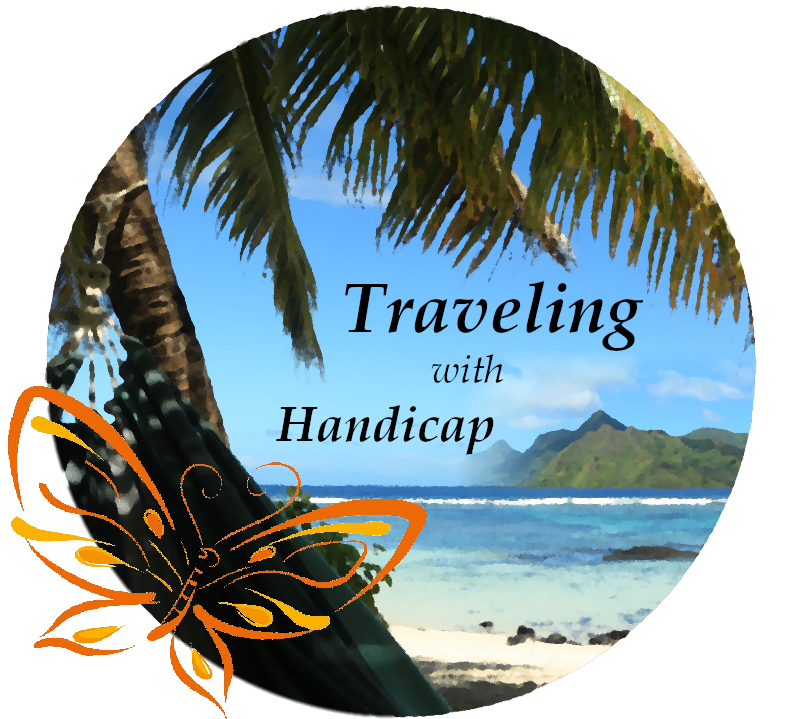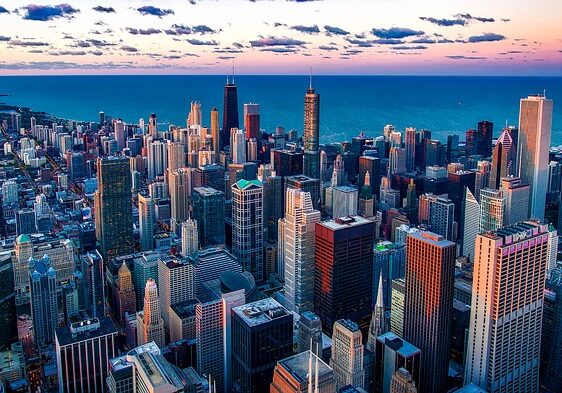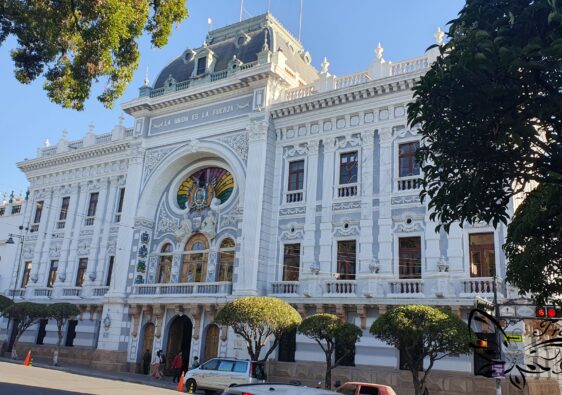Brazil is bigger than Europe, wilder than Africa, and weirder than Baffin Land.
Lawrence Durrell
Within this article, I try to give an overview regarding the destinations I visited, the food and culture of Brazil. Moreover, I give some insights on how to get around this massive country. Last but not least, I will share my perspective regarding the big social gap within Brazil as well as the state of accessibility across the places I visited.
Destinations I explored
At first, I would like to give a short overview regarding all places I have visited including a short description. They are listed in the order I visited them. Afterward, I am going to mention some other location which either have been recommended to me or which I would have visited with more time in this huge country.
Iguazú Waterfalls
Honestly, the Iguazu waterfalls were my absolute highlight of Brazil. Sure, the falls are part in Argentina and part in Brazil, but I consider the falls as the highlight of both countries. If you decide to visit parts of Brazil, I would really encourage to at least check out the massive falls, embedded in a great subtropical landscape.
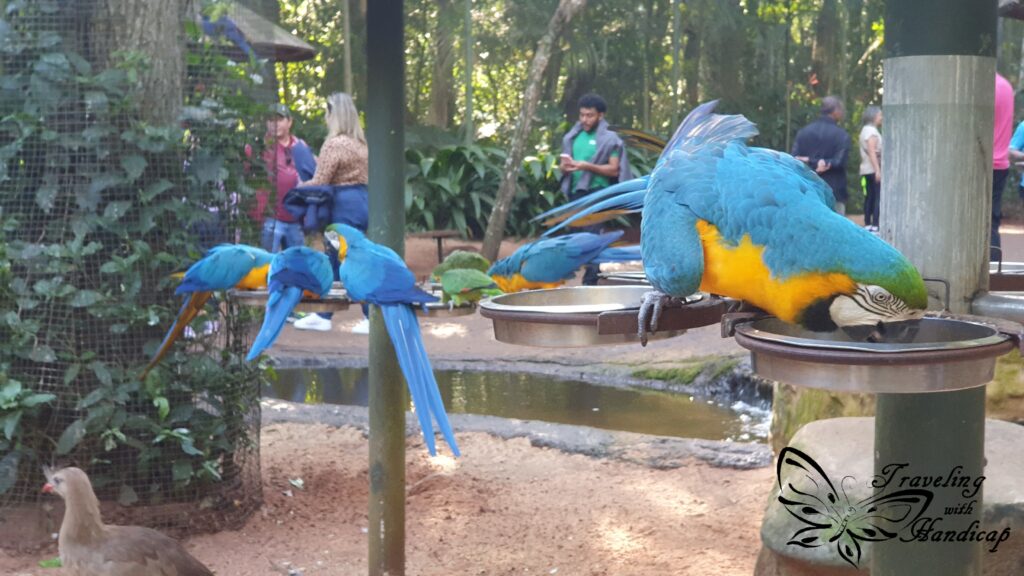
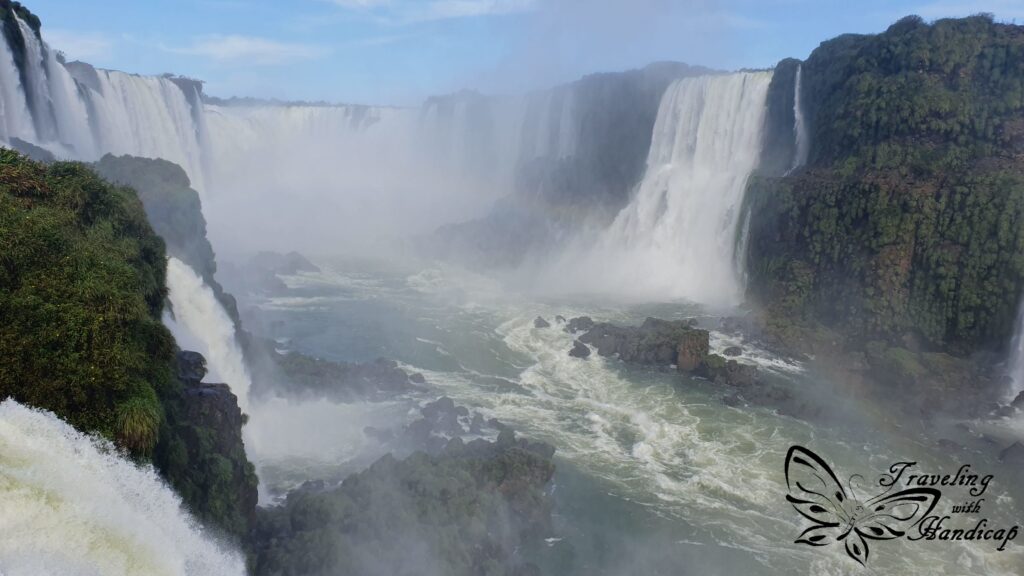

Florianópolis on Ilha Santa Catarina and Curitiba
In terms of towns and cities, Florianópolis (Floripa) was my favorite place. This is because the whole Ilha Santa Catarina is considered part of Floripa. Thus, the city is quite modern and clean and the island has mountains and many beautiful beaches. Actually, this is one of my most favorite landscapes, mountains next to the sea with great beaches. The mountains allow for nice hikes with great views, the beaches to chill or surf.
Curitiba was a stopover on the way to São Paulo. Good for a one-day visit but not special enough to stay for longer.

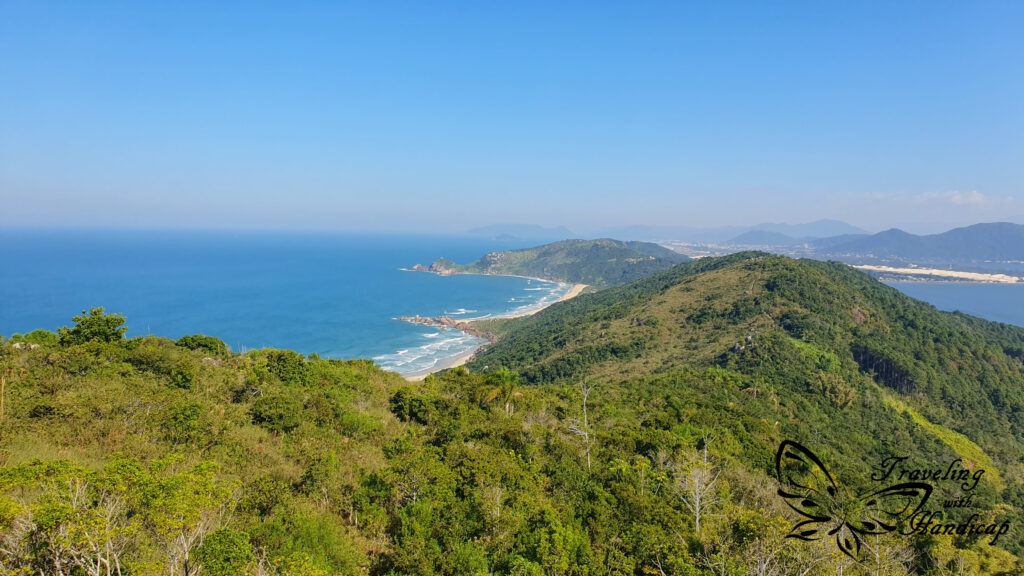
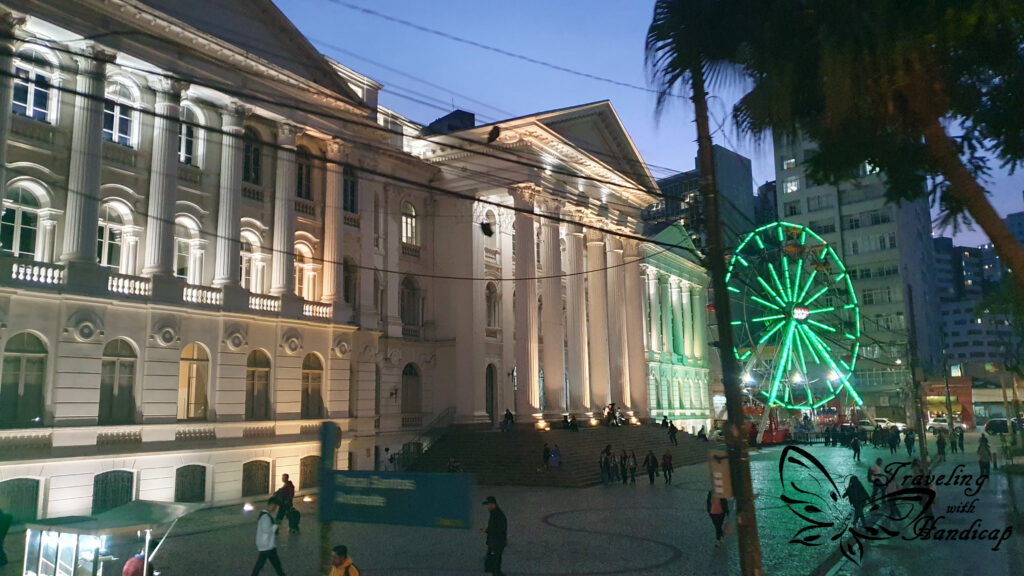
São Paulo
After Floripa and Curitiba, I went to São Paulo and afterward Rio. While São Paulo is considered to be more dangerous, I actually felt safer in São Paulo than in Rio. When straying not in the city center but close to the park Ibirapuera, you are in a very safe and good area (rich people). Moreover, I have never had any problems with Uber in São Paulo, my preferred way to get around. Nevertheless, also taking the train was quite easy and safe. It only depends on the area where you have to get off the train. There is enough to do to fill at least three days.
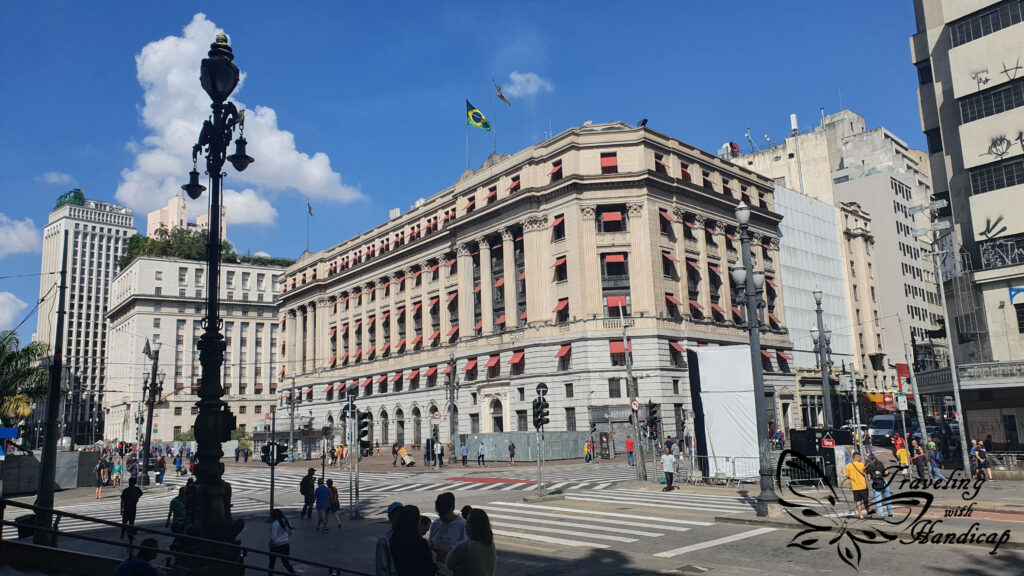

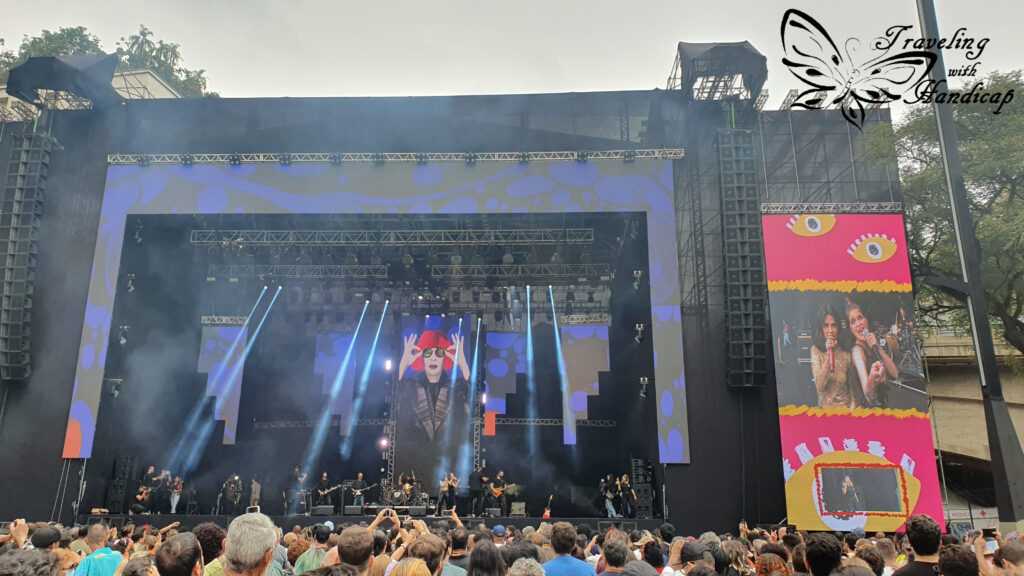
Rio de Janeiro
Rio was the most touristy place I visited across Brazil. The Iguazu Waterfalls were very touristy as well, but mostly on the Argentinean side. There are beaches (I liked Copacabana more than Ipanema), the Christ Statue, the Sugar Loaf, a national park, a big lake, the old center as well as a favela to definitely be visited. As such, you may easily spend a full week in Rio. However, it’s not too easy to get around, since Rio is built around hills. Due to a lot of traffic as well as curved roads, it takes some time to get around. In Rio, the metro didn’t feel as safe as in São Paulo, so I mainly stuck to Uber.



Salvador de Bahia, Brasília & Parque Nacional da Chapada dos Veadeiros
From Rio, I continued to visit Brazil’s first capital, Salvador de Bahia. This town is undoubtedly worth a visit! For its history, the historic center, the food and the many beaches surrounding it. I hadn’t thought much about Salvador before and was positively surprised while visiting. You have to be aware that the large majority of inhabitants of Salvador has Afro-American descendants, from the deported African slaves. Walking through the streets might challenge your biases.
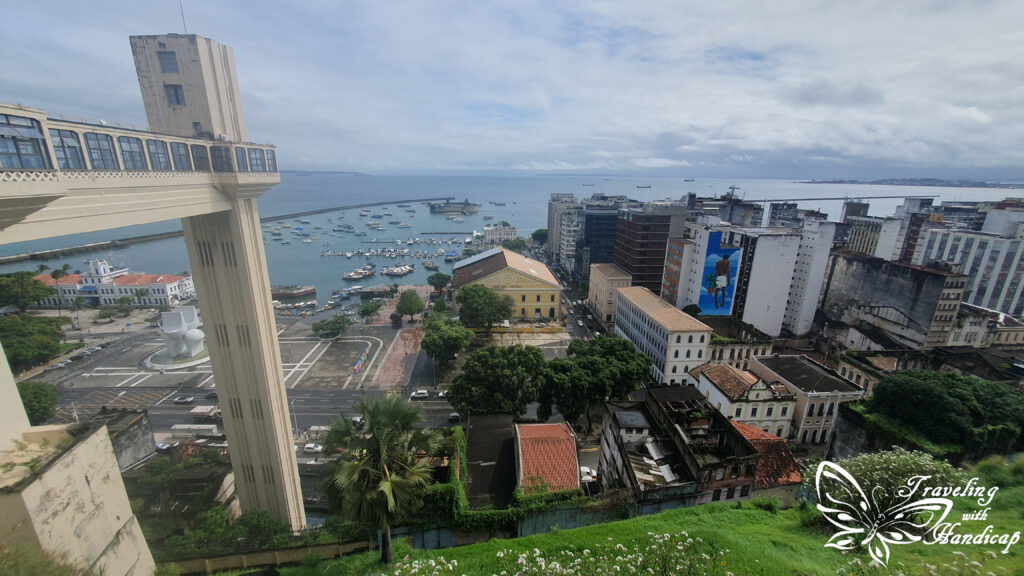


After Salvador, I went to the current and planned capital Brasília. I try to visit the capital of each country I visit, therefore I went to Brasília. However, honestly, this city can be skipped. One day is enough to check out the center of Brasília and there is not much more. For the distance it is away from any other places of touristic interest, it’s not really worth the time and money it takes to get there. As I was in Brasília, I spent some days in the National Park Chapada dos Veadeiros having many waterfalls and a few great viewpoints. If you go to Brasília, you should definitely visit this park.

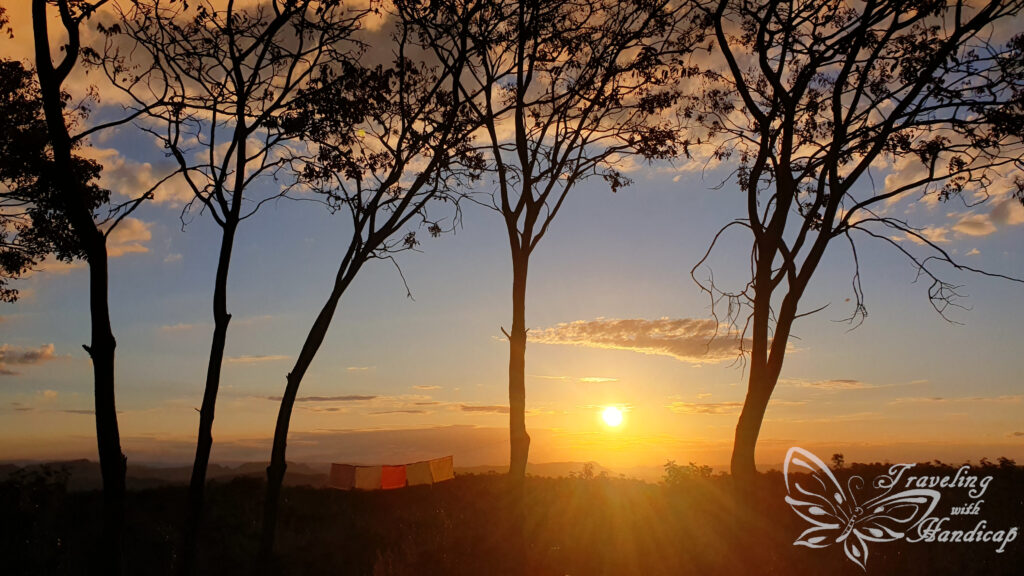
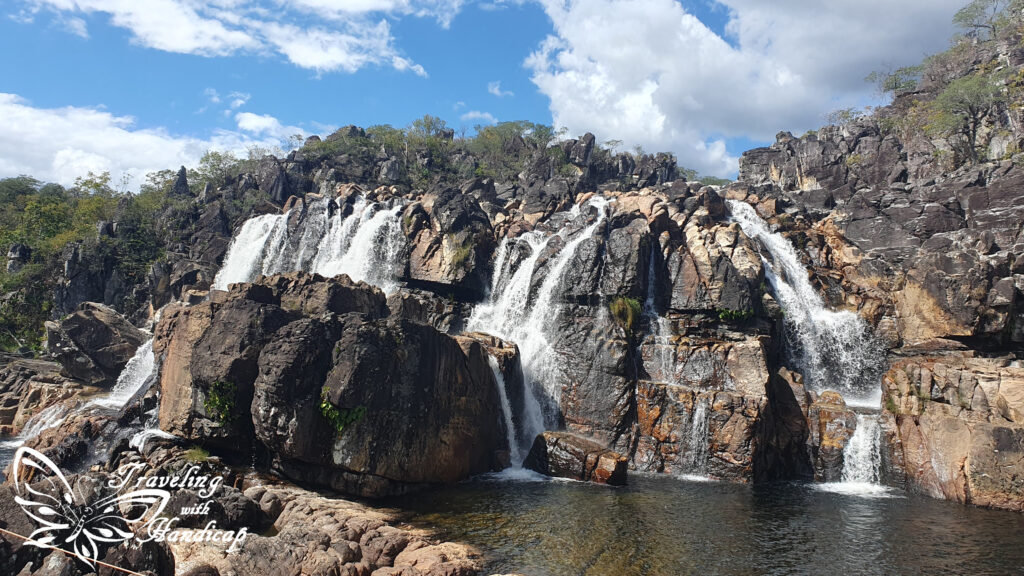
Spotting wild Jaguars in the Pantanal
From Brasília, I continued to Cuiabá in order to visit the Pantanal area around Porto Jofre. There are many more places within the huge Pantanal region that can be visited. I focused only on spotting wild Jaguars which is most likely from Cuiabá, around Porto Jofre. It’s very expensive to visit the Pantanal, so better do it in a group to share costs for transportation, room, and boat. I was lucky spotting 5 Jaguars on my first day. Others stay even for a week or more, of course with high-end professional camera equipment, in order to catch the perfect shots.
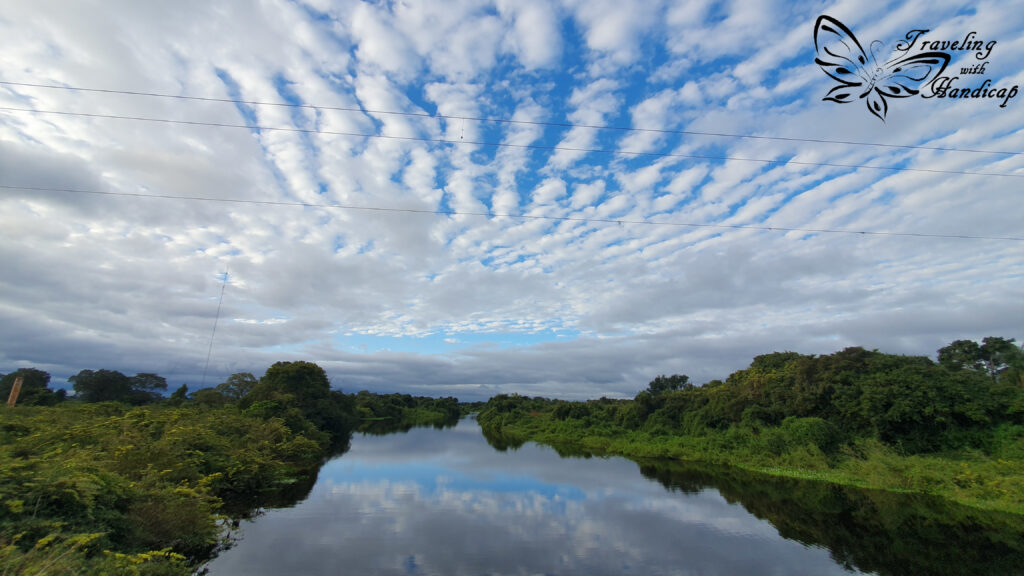
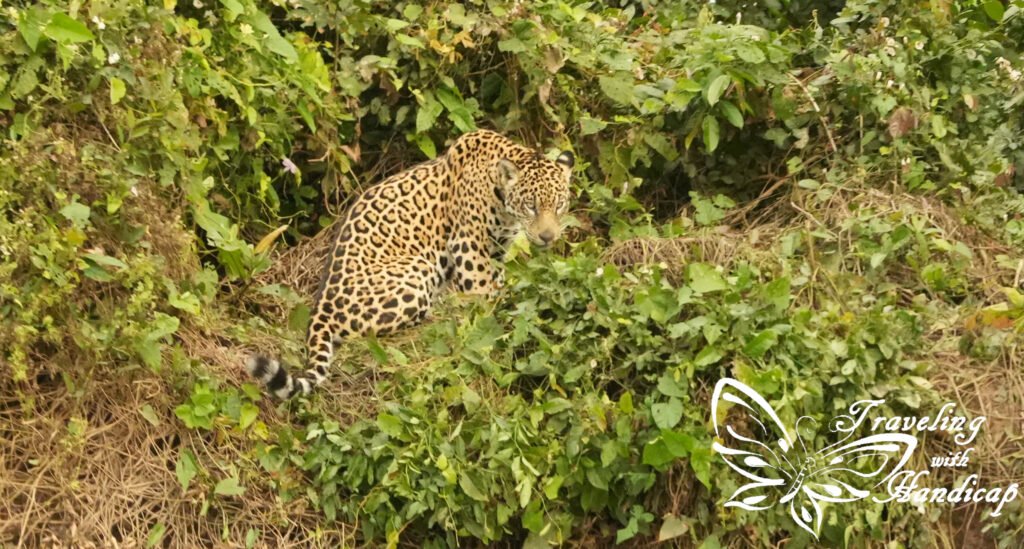
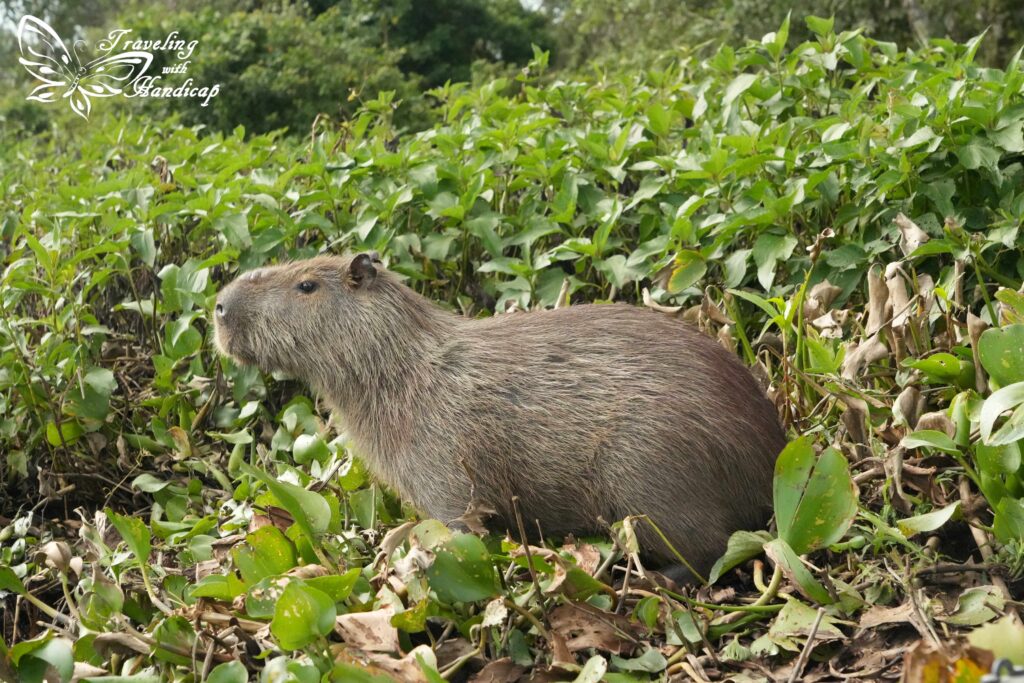
Southern Brazil: Porto Alegre, Gramado and Nova Petrópolis
My last stops within Brazil were in the very south, almost in Uruguay, around Porto Alegre. Actually, Porto Alegre has a nice center but is not really touristy with respect to foreigners. This is most likely because there is nothing special about this city. It’s very industrial, and you recognize some German influence on some edges as well as in surrounding towns and villages. Actually, I really liked Gramado and Nova Petrópolis, tiny villages but with a lot of German colonial charm. Nevertheless, if you don’t come to Porto Alegre, these two villages by themselves are not worth a trip to the area.


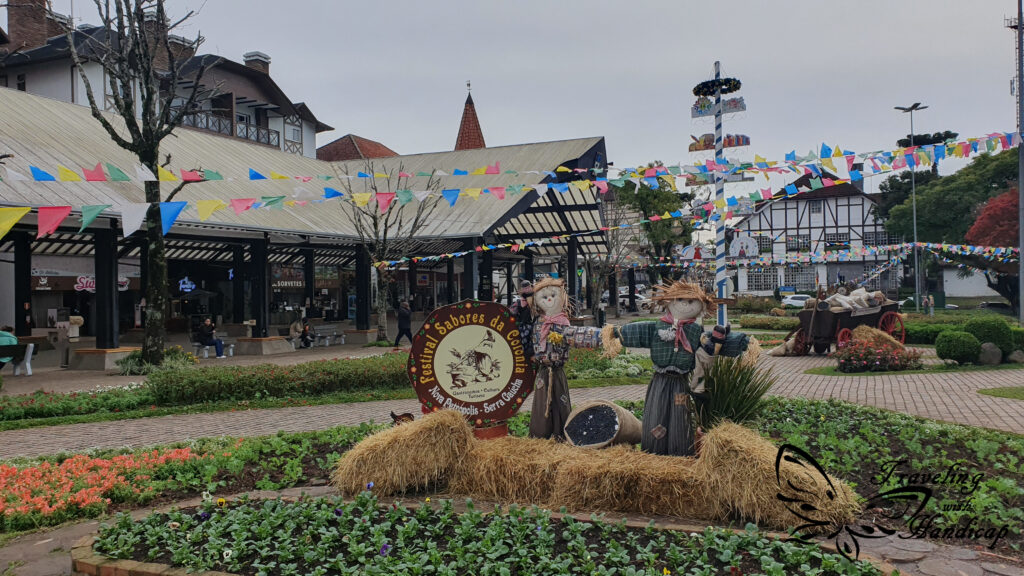
Other ideas for places to visit
Between Rio and São Paulo
Paraty: A very charming little village on a river close to the Atlantic coast
Ilha Grande: an island close to Rio, only accessible by ferry, which should offer both great chilling and walking options
Belo Horizonte
Another interesting and big town not too far from Rio. I actually met many Brazilian travelers who are from Belo Horizonte. They all recommended me the city for its center and its history. Moreover, it’s also an important city with respect to Brazilian football.
Recife to Fortaleza area
This area is huge, indeed. I have been recommended multiple beaches, and they were all somewhere between Recife and Fortaleza. Brazilians told me that the best beaches of the country are in northern Brazil, in that section pointing towards the Caribbean. I already enjoyed the beaches around Salvador (even though I couldn’t use them because it had rain showers). However, I’ve been told that the beaches in the north would even be better.
Amazon
A truly extensive area of Brazil and not only Brazil. Actually, I visit the Amazon region from other countries. What I got recommended with respect to the Amazon in Brazil was:
Belém: end of the Amazon River at the Atlantic, beach vibes
Manaus: starting point for many multi-day tours into the Amazon jungle (the city itself is said to not be nice)
The whole Amazon River: you may take slow or fast boats anywhere or all along the river. If you go upstream (Atlantic coast → border to Peru and Colombia), the boats are closer to the shore, and you have better views of the surrounding landscape. I have been told that the boats vary in quality and you better bring your own food because the food would be the same every day and not too filling.
Food and Culture in Brazil
The Food experience
While I had high expectations on the food in Peru and was rather disappointed, I was positively surprised by the many dishes of Brazil. As to be expected from such a huge country, there are variations of typical dishes. Depending on the amount of Afro-American people, there are more or less influences of African kitchens. In general, the majority of dishes contains rice and beans. The rice I expected, the beans surprised me. While I am not the biggest fan of beans, I really went for all the fruity and sweet deserts! Both in restaurants and at breakfast buffets, I enjoyed the local sweet baked stuff a lot.
One type of dining seemed to be very common across Brazil which I liked: Buffet. However, not “eat as much as you like for the same price” but instead “pick what you like, weigh it and pay for the amount (weight) you take”. This way, you only take what you like and are less likely to waste food. Eating out is not the cheapest in Brazil, but on average, you get quality food. Therefore, I recommend asking for traditional dishes of the region and good restaurants at any stop within Brazil.
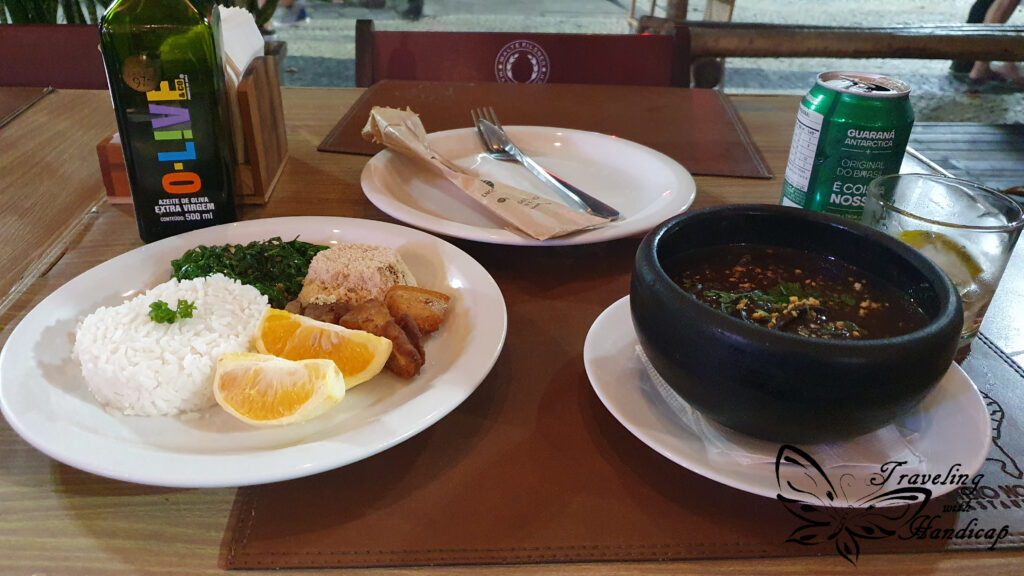


Meat, Vegetables, Fruits, and Drinks
Depending on your city, there are different typical and traditional dishes. The closer to the coast, the more fish (especially shrimps around Salvador). The further away from the coast, the more meat, especially cattle. While the meat and fish consumption was very high in all places I visited, it was still possible to find fantastic vegetarian or vegan restaurants. Even in smaller towns.
There are so many fruit and vegetables growing all across Brazil, many of them which I have not known before. Or at least I only knew the “imported taste” when transporting the fruit before it ripened enough to be eatable. I knew Guaraná from certain festivals, as Guaraná drinks are known within the hippie scene. What really surprised me positively was the Açaí. Maybe known as a super fruit growing in the Amazon (tropics). You can get Açai sorbet at many places, my favorite was the sorbet mixed with Granola, bananas and chocolate. After eating one of these sorbets, you actually don’t feel hungry for a while.
Cachaça is the alcohol and Caipirinha the drink of Brazil. Since this has been my favorite drink even before visiting Brazil, I was happy getting it literally at every corner.
Culture – or rather cultures?
Well, as I will describe with more context further down, in the context of the social gap, I couldn’t identify “one” Brazilian culture. Depending on where you were, even in which quarter of a bigger city, you’ll find different cultures, or at least tendencies. On a very basic level, I identified the “Europeans” as mainly the Portuguese and other (rich) European immigrants. The other group of people are the Afro-Americans, the descendants of former African slaves brought to Brazil. There are not really any native Brazilians anymore, I have been told that those died from infections brought by the Europeans. Nevertheless, there could be some native folks in the Amazon which I am not aware of.
What I didn’t appreciate was the often devaluing vocabulary used by European people when referring to Afro-American people. The further south (closer to Argentina and Uruguay), the more racist I experienced the European expressions regarding Afro-Americans. The further north, the more Afro-Americans, the lower the standards of living and the poorer people are on average.
Actually, what I enjoyed most of Brazil was not brought into the country by Europeans but by Afro-Americans. Especially their dances and fighting techniques like Capoeira or Forró. The big drums and many more musical elements. You find many of these dances and music in the streets and (touristy) theaters of Salvador, one of the hubs of Afro-American Brazilian culture.
How to get around this massive country
Brazil is huge, indeed. Therefore, buses are not the most common way to get around. Actually, in this country, I sometimes flew (which I could avoid in many other countries). My personal limit for a bus ride was 24 hours. If any longer, I flew instead. You could definitely ride a bus for 30 hours or more, there are connections. However, these are mostly used by locals who need to travel but can’t afford to pay for plane tickets for the whole family.
Bus
Buses leave from bus terminals which makes the trip much easier to plan. Each terminal has a certain area for taxis and another one for Uber. Since there is often no Wi-Fi available at bus stops, it is very helpful to have a Brazilian sim card with data. Just try to save your hostel location beforehand such that you don’t need to stare at your phone for too long while calling the Uber. Being too focused on the phone is the highest risk for being robbed or the phone taken out of your hands.
There are better and worse companies, as everywhere and as expected. I was surprised that buses between Floripa, São Paulo and Rio offer blankets and pillows for their night buses. At any other places across Brazil, I haven’t had the luxury of blankets. Instead, as the aircon was quite freezing, I was happy to have brought my warm jackets as a cover to warm me up. I don’t fully understand why the aircons need to be that cold. A normal temperature like 21° would be much more comfortable.
With a non-Latin American ID card, you might get into problems trying to buy your tickets online. It is possible for many companies, but the field for “ID/passport” often only accepts numbers. Since the German – as well as many other European – passport number contains letters, I have seen the error message “passport number invalid” quite frequently. Thus, I let the company people at the counter fill the information. Whenever that error message appeared, I suggested using my passport expiry date as the ID (which worked). This way, I couldn’t be blamed to have used the wrong information since it was by the staff. Nevertheless, nobody has ever complained about the number anyway.
Flight
If traveling across Brazil, you might have to fly quite often because of the huge distances. There are three main airlines across Brazil, Azul, Gol Airlines and LATAM Brazil. The airports of Brasília, São Paulo, Rio, or Porto Alegre offer a certain amount of international flights, most other airports don’t.
Actually, Gol was the only Airline where I haven’t had any problems booking my tickets. The struggle with the other airlines was – in my opinion – most likely related to a bad configuration of the system differentiating between Brazilian and international clients. This may be due to either the letters contained in the passport number similar to the process of buying bus tickets as described above.
Another reason might actually be the missing CPF number. Every Brazilian citizen has a CPF number which is something like a tax number that is linked to your ID number, your credit card and whatever else. Without this CPF, you cannot do many payments, you don’t have access to services like accounts for postal services and much more. I assume this is for security reasons. However, super nasty for any international who needs to book or send or receive something.
A huge social gap but at the same time quite accessible
The social gap within the Brazilian society is insanely huge. Very few people obtain almost all monetary value available in Brazil. The majority of people is rather poor than rich. When walking around, you recognize the insanely big social gap by seeing the well-dressed and styled people on “eye level” and the many homeless and drug addicted people sleeping on the streets. There are some social housing buildings which would offer help to these homeless people – in theory. However, the big majority of people doesn’t want to go there because there, they would not get their drugs anymore. These addicted people often only have a blanket and survive thanks to robberies or locals feeding some of them during the night.
While the social gap is insanely big, it is comparatively easy to participate in society if you have a visible disability. There are very many ramps, even at places I didn’t expect them. The Maracanã Stadium in Rio for example has only ramps all around, no stairs to get to the different entrances. Sure, in the stadium there are stairs, but there are still enough seats to use without stairs. This is not only advantageous for e.g., wheelchair users but also if you bring kids in a stroller. As a side-note, football is like a religion in Brazil.
While there is public transport available by local buses that are not really accessible, wheelchair users may also get around. I saw accessible minivans in Floripa, São Paulo and Rio which were built for wheelchair users. Even though I have no Brazilian document, I always got the disability discounts and could use all entrances or helps for people with disabilities. Without even asking, people approached me and offered. A great experience. The highlight was the concert I visited in São Paulo where I saw a sign language interpreter on stage all the time. That’s inclusion!

